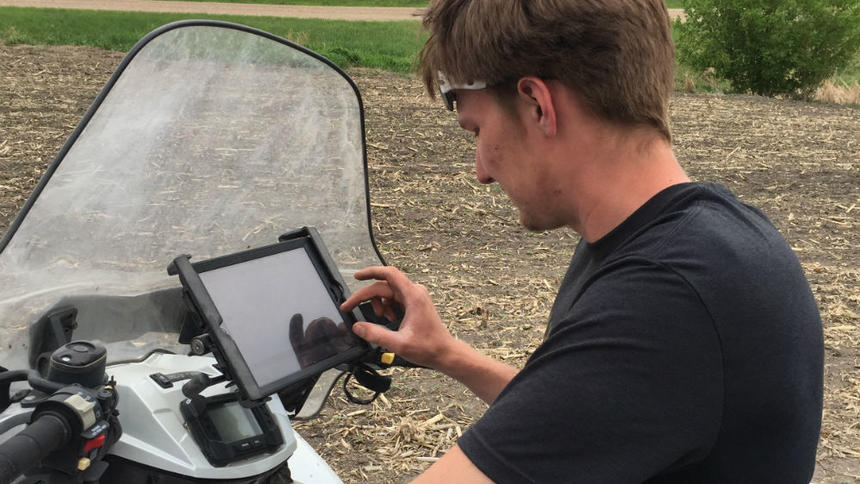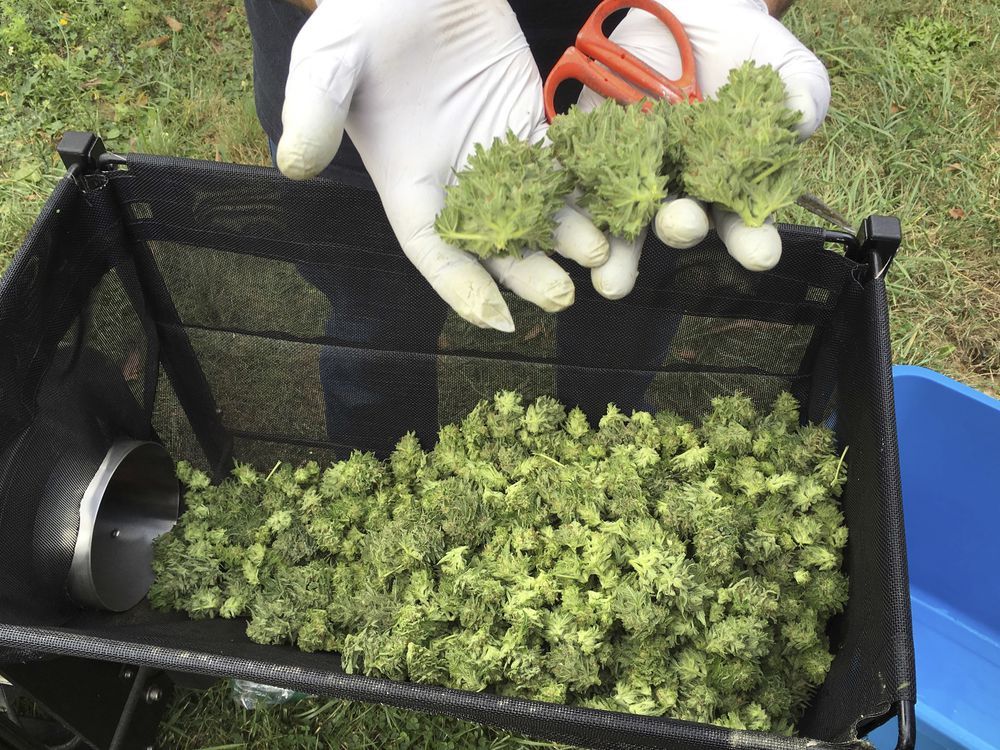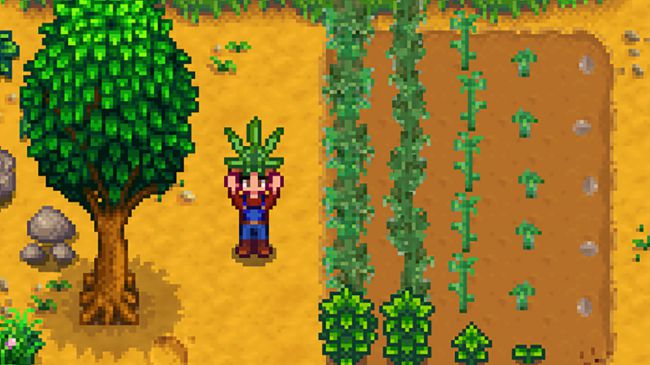The 2018 crop season has moved along quickly and even with the July 4th holiday, there isn’t much of a break in the schedule. Herbicide season is approaching the end. Farmers still have some soybeans and edible beans to get through to take care of weed control. The pre-emergence herbicides worked very well again this year. I have been trying to delay herbicide applications in soybeans in efforts of only having to spray the post-emergence herbicide one time.
Fungicide is now the primary focus for the majority of my farmers. Wheat, barley, and durum acres are approaching 60 to 70 percent completion for getting a fungicide treatment. Canola acres just got started last week and were completed before the Fourth of July. Soybeans started to enter the reproductive stage the last week of June. As they begin to flower, there will be a handful of farmers who elect to apply fungicide on some fields. Edible beans will begin to flower soon so this will be a primary focus in our scouting.
Crop Update: The cereals across most of my area are looking to be a good crop. The early heat in May is causing some concern as it appears some fields got pushed and head size is a little smaller than expected. Some areas also didn’t receive rain when needed and we will be expecting average to below average yields where that occurred. We just experienced a strong storm but most of the fields didn’t lodge and we are hopeful to get to harvest with a nice standing crop.
Canola: My area didn’t have to fight with flea beetles as severely as our neighbors to the north, but we still had farms that had to spray insecticide early in the season to manage the insect. Some farms experienced emergence issues and we ended up replanting to obtain an adequate canola stand. Currently, the canola looks nice. There are some marginal areas in fields due to salinity, soil conditions or seed depth but overall we are content as we head into the flowering stage.
Soybeans: Stands have been good. Weed control has been good using pre-emergence herbicides and the use of Liberty and Dicamba soybeans. Moisture will be the main factor over the next 45 days to determine the quality of crop we will have.
Edible beans: Similar to soybeans we are off to a good start at the midway point of the season. Rainfall will be the primary factor going forward along with white mold and rust pressure.
Corn: Corn fields are very lush and as green as they ever have been. Corn plants have found the subsoil and the fields don’t seem to be showing the moisture stress as other crops have. That can change quickly though as we will need adequate rainfall to achieve the high yield potential corn is currently showing.
Sunflowers: Sunflowers look great. Weed control has been good. There is minimal insect pressure and it is a crop that likes the weather we are experiencing. I don’t have many sunflower acres but they sure are a nice crop to monitor currently.
Crop monitoring: Many have seen how a tractor cab includes a monitor of some kind providing them information. I am now using the same approach in our scouting practices. All scouts have an iPad mounted on their ATV. The information on the iPad provides them with GPS, field borders, crop information, weeds previously scouted and if recommendations have been made.
For me, I now have the North Dakota State University weed, disease and insect guides in an electric format right in front of me. It is much more convenient to use the iPad for looking up things than having to use my phone. When I’m on my phone I can now text at the same time using the iPad in front of me, or can use the iPad to answer a question the phone call may be related to.
Have a great July watching the crops grow. I will be back to provide my next update prior to harvest.
Credit: www.agweek.com






